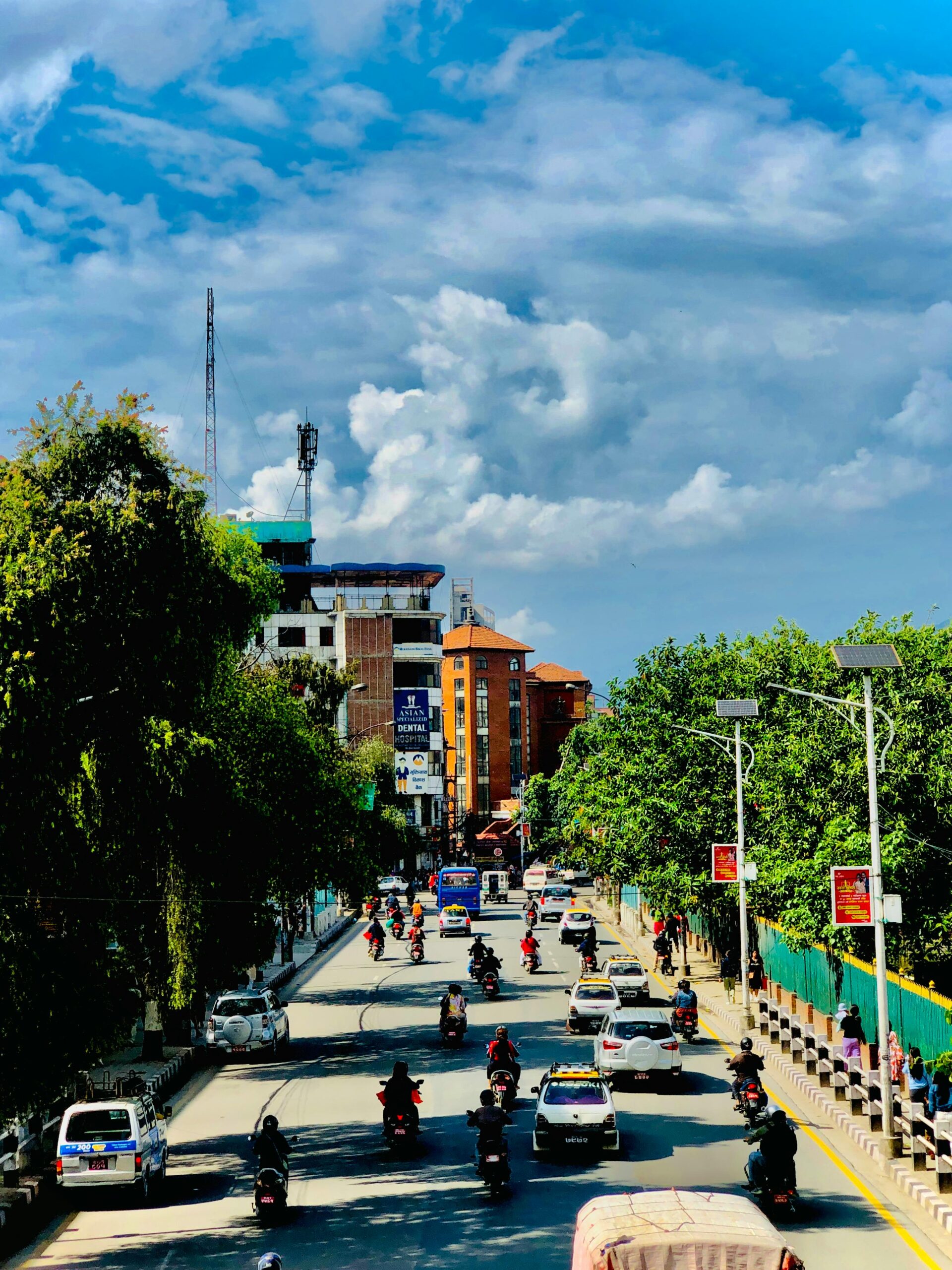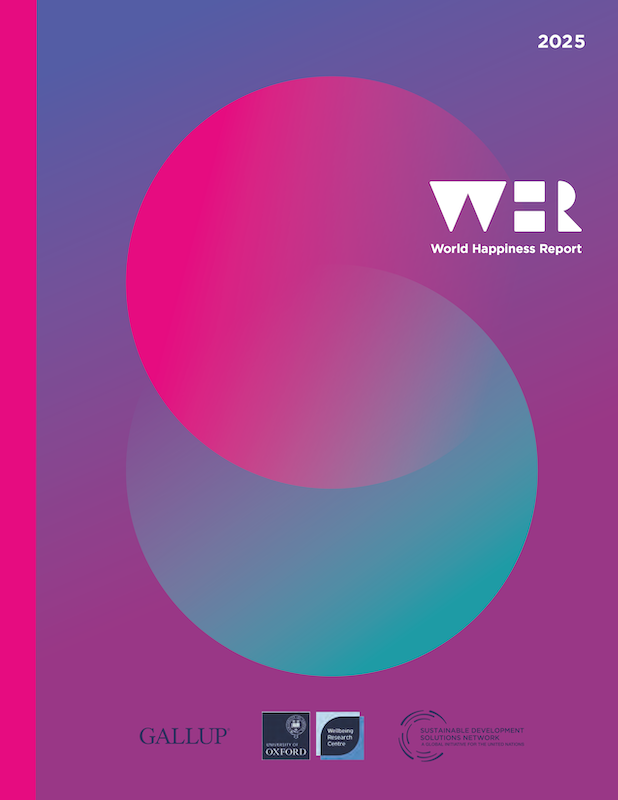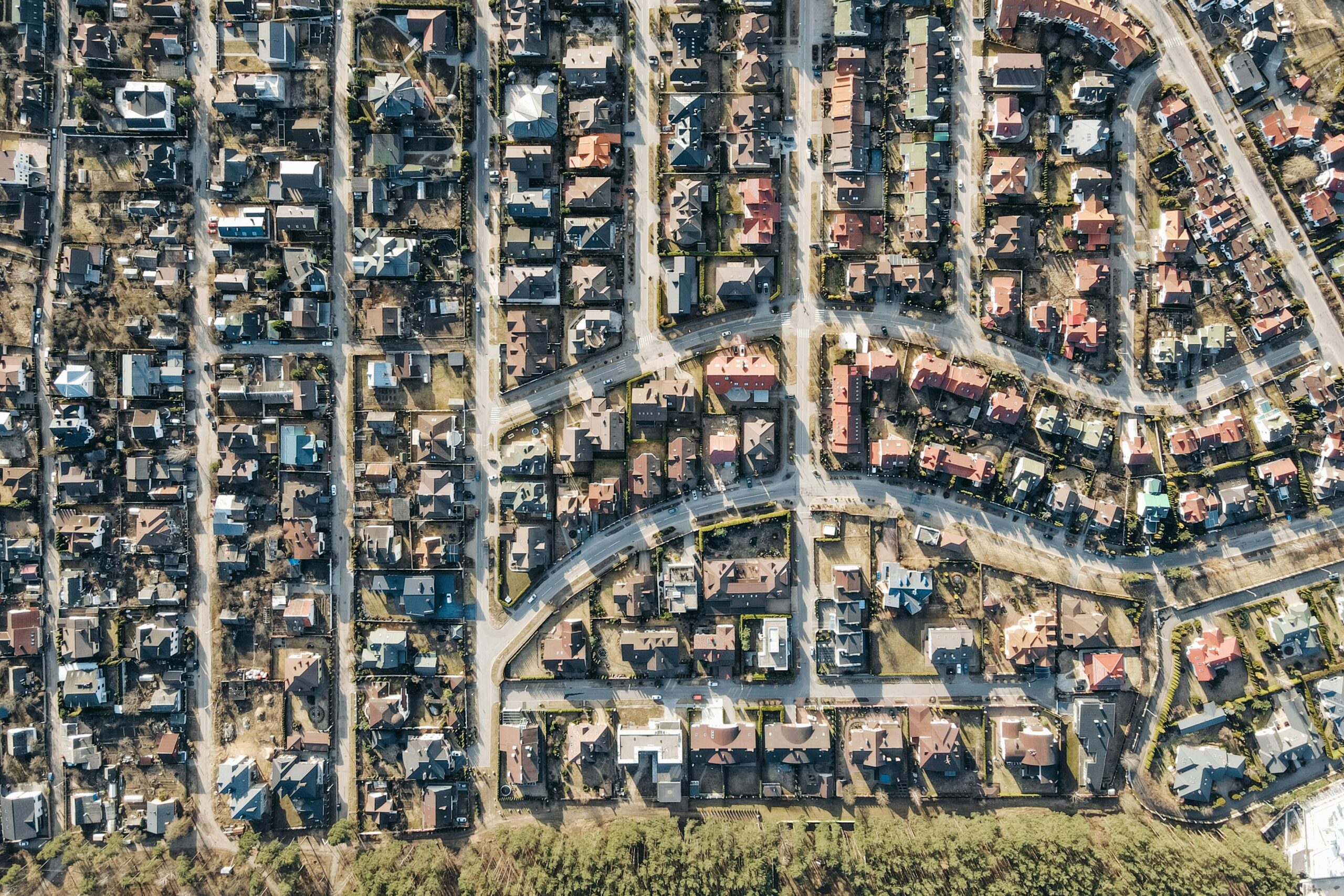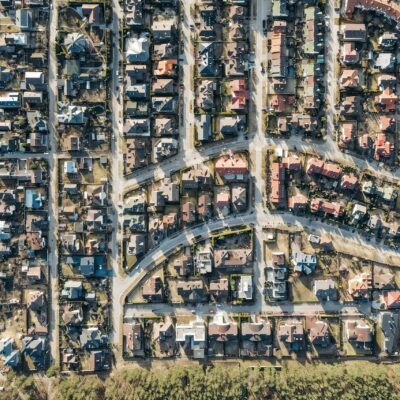Oxidorphines
Bruno is a spanish photographer and storyteller who describes himself as an amateur photographer with a unique perspective: “The greatest photos are those no camera can capture, yet only a photographer can see. My quest is never to miss one again.” He sees photography not just as a skill, but as a way of perceiving […]

Strategies for Urban Greening for Climate Adaptation: Cultivating Sustainable Cities
Introduction As cities worldwide grapple with the impacts of climate change, urban greening has emerged as a critical strategy for climate adaptation and resilience. Urban greening involves integrating green infrastructure—such as parks, street trees, green roofs, and gardens—into urban landscapes to mitigate the adverse effects of climate change while enhancing ecological health and community well-being. […]

Food Insecurity: A Global Crisis
Food insecurity, defined as the lack of regular access to enough safe and nutritious food, remains a pressing global issue. According to the Food and Agriculture Organization (FAO), nearly 690 million people were undernourished in 2019, with projections indicating that the COVID-19 pandemic could increase this figure dramatically (FAO, 2020). Food insecurity is often driven […]

Exploring Psychogeography: Its Impact on Cognitive Functioning
Psychogeography, a dynamic interdisciplinary field, explores the intricate relationship between geographical spaces and human psychology. As urban environments proliferate, the need to understand their impact on cognitive functioning becomes increasingly critical. This article aims to explore how the design and layout of urban landscapes influence mental processes, highlighting implications for urban design and mental well-being. […]














